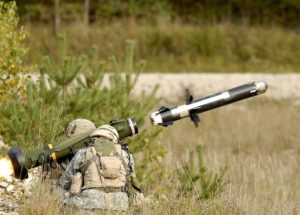
The Biden administration on Wednesday announced a new $1 billion security package for Ukraine that includes a range of much needed military items for Ukraine’s forces, which have been battling increasing Russian assaults the past few months amid scant assistance from the U.S. “This package will surge munitions, weapons, and equipment forward to support Ukraine’s ability to defend its frontlines, protect its cities, and counter Russia’s continued attacks,” the Defense Department said in a statement. The size of the package…

 By
By 











